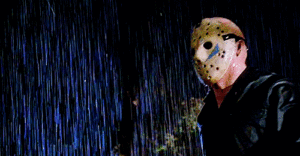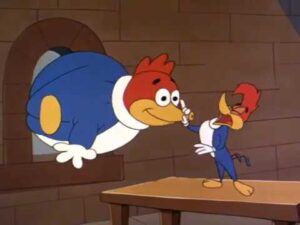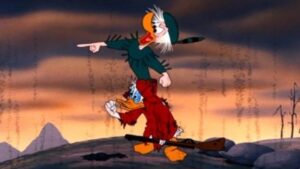Top 20 Species of 2018
…………………………………………………….
Top 20 Species of 2018
2018 has officially been my first ever full year of research. Whenever I had the time, I went on long walks in nature throughout the year, especially during spring and summer. Because it was my first year, I encountered a massive amount of interesting species so ten just wasn’t enough for this list so I expanded it to twenty entries. I tried to include many different types of life so my list, although mostly consisting of insects, also features some plants, fungi, reptiles and amphibians among others. So without further ado, here are twenty most fascinating/rarest/most beautiful species of 2018.
20. Devil’s Coach-Horse Beetle – Ocypus olens
This one occupied my hometown yard throughout the entire autumn and, needless to say, it’s one very fierce creature. It’s apparently a tough predator which hunts many insects by night and I myself witnessed one of its feasts during one evening. Its look is also very cool as is its name and the historical association with the Devil himself.
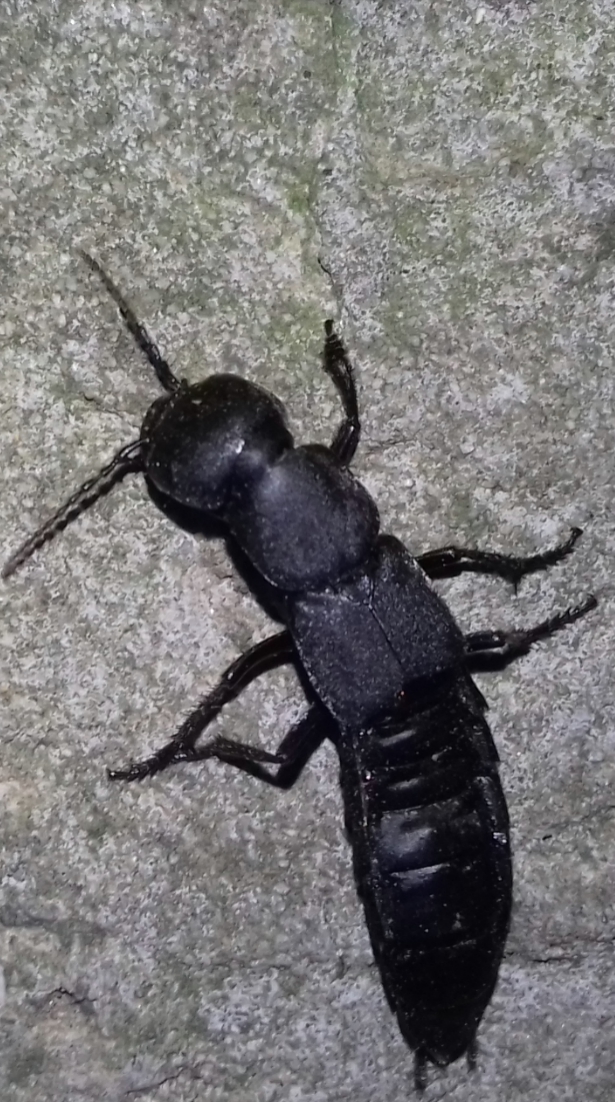
19. Autumn Crocus – Colchicum autumnale
Autumn crocus by far has one of the prettiest flowers I’ve seen so far. Its shape is very elegant and the fact that the flower is both quite large and so distinctly pink makes it easily recognizable and wonderful to look at. I came upon it only a couple of times during summer on Tara mountain.

18. Small Elephant Hawkmoth – Deilephila porcellus
This one I encountered while biking by the coast of Drina river and at first I thought it was some trash by the side of the road, but once I figured out it was actually a moth, I instantly had to pull over and take a picture of it. It’s so strikingly pink in color and quite large as well leading to one of the most fascinating and different moths in my collection so far.
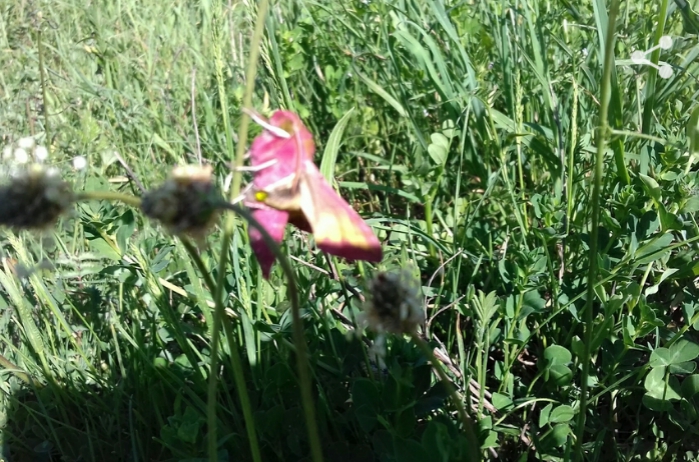
17. Nose-Horned Viper – Vipera ammodytes
I unfortunately encountered this highly dangerous snake a couple of times throughout the summer of 2018 and one time even my Yorkshire Terrier ran after it which was a really intense moment for my family. The one I took a picture of clearly felt threatened as its posture fitted that description and it is a younger snake as its size wasn’t as big.
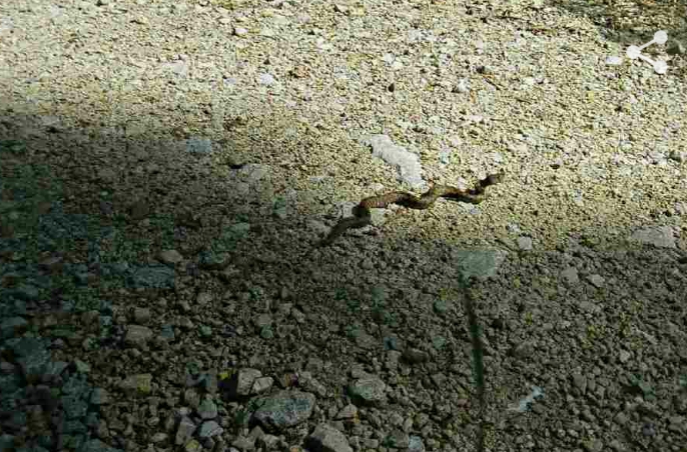
16. Fire Salamander – Salamandra salamandra
The fire salamander is one of the most common salamanders in Serbia, but I haven’t really encountered it until this year when I did find it more than a couple of times. The most memorable occasion was when I was taking a walk at Ladjevac and I’ve seen so many of them then as it was their breeding season that fall. The color patterning makes it difficult to miss.
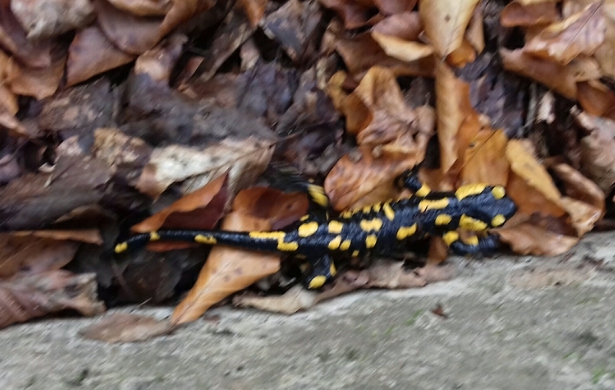
15. Northern White-Breasted Hedgehog – Erinaceus roumanicus
This hedgehog is the most common hedgehog of Serbia and I sadly found it too many times in my hometown Bajina Basta crushed on the road. The one I photographed actually was in Belgrade and literally a couple of meters by my apartment which was crazy, but it happened and the poor guy was so scared of me that he ran away instantly. They’re immensely cute.
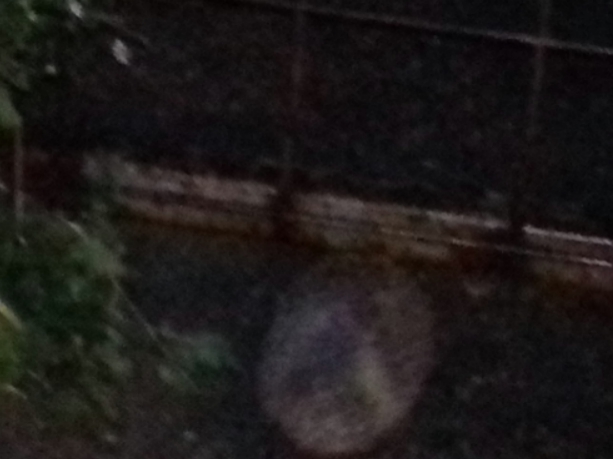
14. Old World Swallowtail – Papillo machaon
This butterfly is obviously not that rare to find, at least that was the case with me as I came upon it numerous times throughout summer, but I had to include it on the list nonetheless as it’s simply a very famous, undeniably beautiful and majestic butterfly with a superb shape and color to it. My best photograph of it is one of the greatest pictures I’ve taken so far.
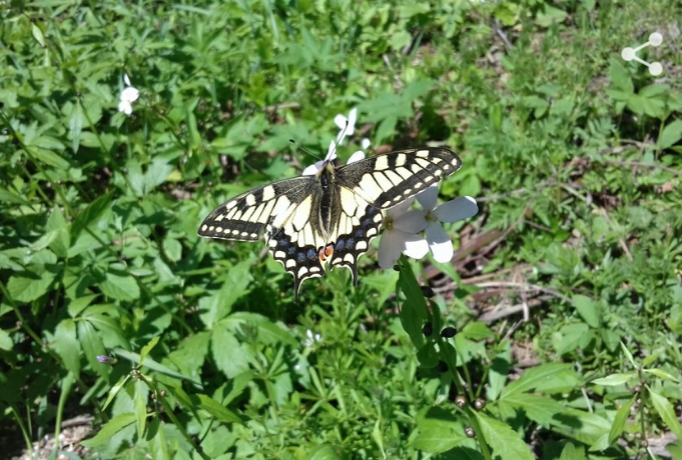
13. Leopard Slug – Limas maximus
Leopard slug is also quite abundant in the region of my hometown and of that I am proud as it’s a very famous slug being one of the largest slugs in the world at ten to twenty centimeters. It looks quite dangerous and striking due to its titular leopard-like coloring and I found it during night many times in my very own yard.
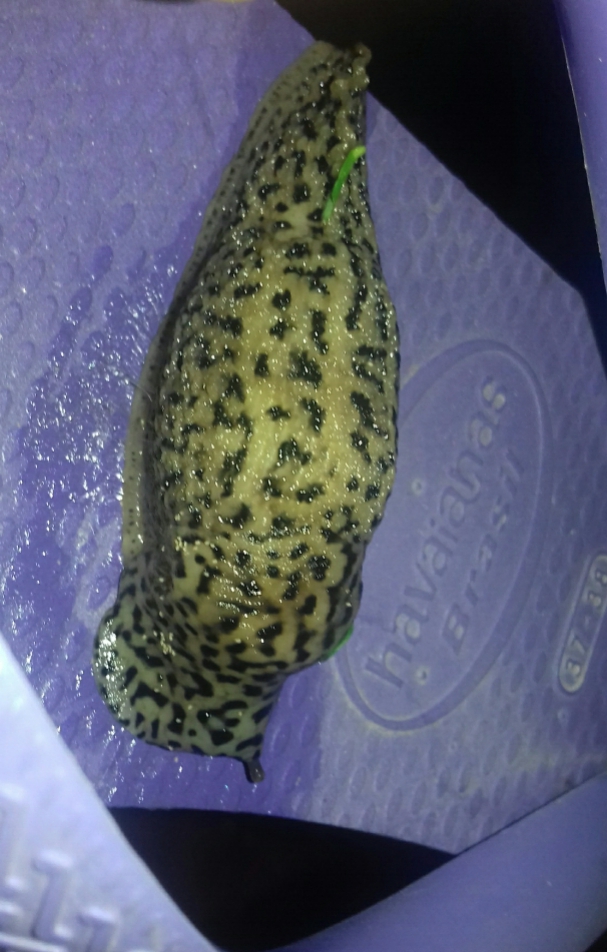
12. White Wagtail – Motacilla alba
This interesting and absolutely gorgeous in colors and size bird I only saw on Perucac lake and the surrounding area of it. It usually flies above water level and settles on the coast to hunt for insects. It is not only one incredibly cute bird, but it’s also very interesting in its name which it got because of its very distinct and memorable tag-wagging movements while in flight.
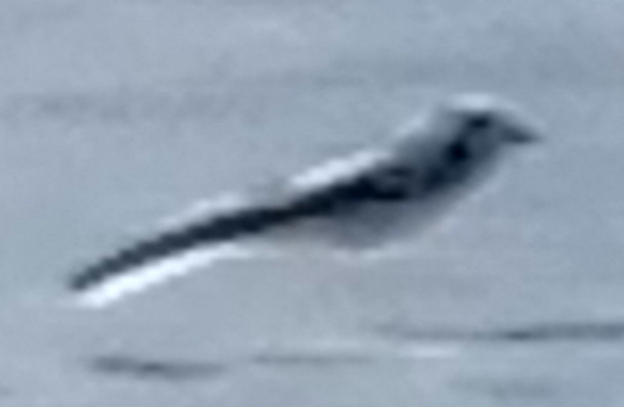
11. Theodoxus danubialis
This aquatic gastropod mollusk is the only aquatic snail in my collection so far which makes its inclusion on the list very easy for me. I found it in the shallows of Drina river where I took some pretty good photos of it as this river is always so crystal clear. It is apparently endangered in some countries, but not in Drina where there were multiple colonies of it.
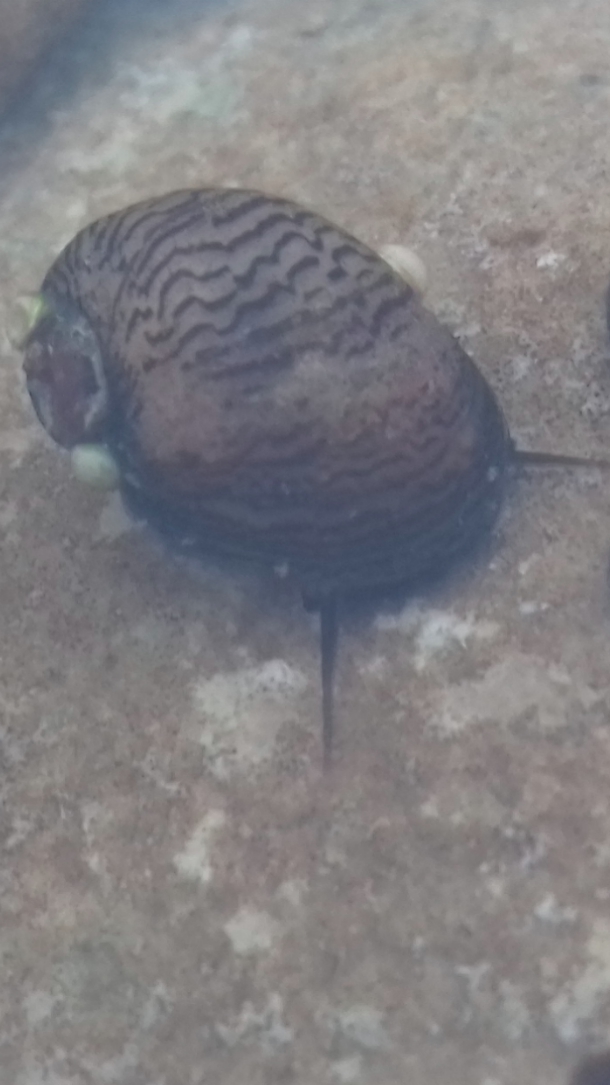
10. Nine-Spotted Moth – Amata phegea
This moth is one of the most distinctly different and also one of the largest moths I’ve seen so far and thus it takes the number ten spot on my list. Throughout one summer month I have seen dozens of them as they were very abundant then. I love the black-yellow colors of it and it’s ridiculously slow in movements so it was very easy to photograph it properly.
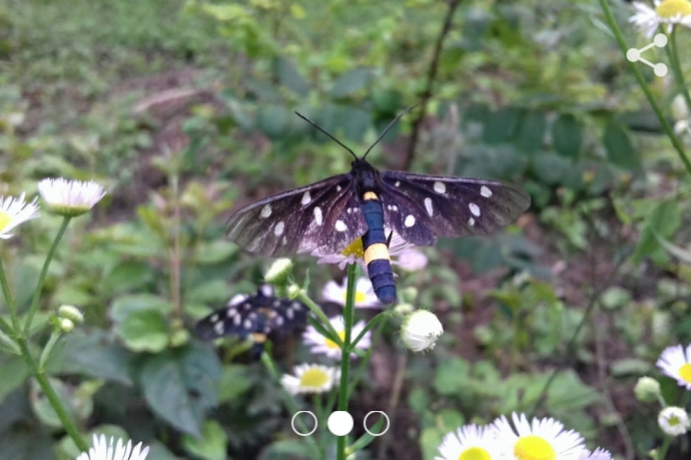
9. Annual Honesty – Lunaria annua
The only plant in my top ten just had to be annual honesty purely for its rarity and distribution alone. Yes, it’s the rare species which originates from the Balkans so that makes it endemic and very intriguing while its look is also quite striking. Its flowers are beautiful, but I’ve only seen it in its disk-shaped seedpod form on Tara and it was so memorable a moment when I encountered it in the middle of the forest when there wasn’t anything else to find so late in fall.
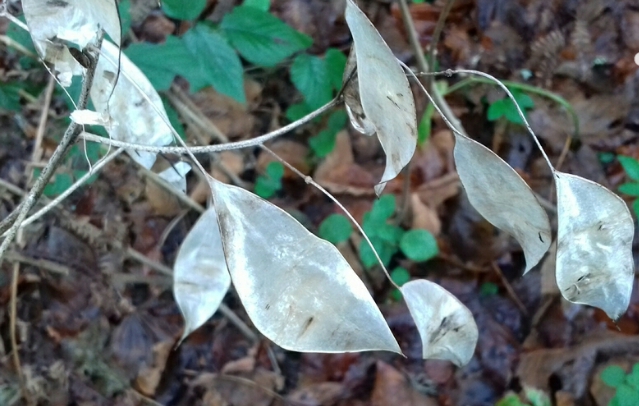
8. Stump Puffball – Lycoperdon pyriforme
Occurring in autumn on decaying logs, stump puffball is one of the most memorable mushrooms I’ve seen thus far as its aesthetic reminded me so pleasantly of doughnuts. I took a couple of gorgeous photos of a colony of many of these shrooms together on a tree and those are some of my finest photographs so far.
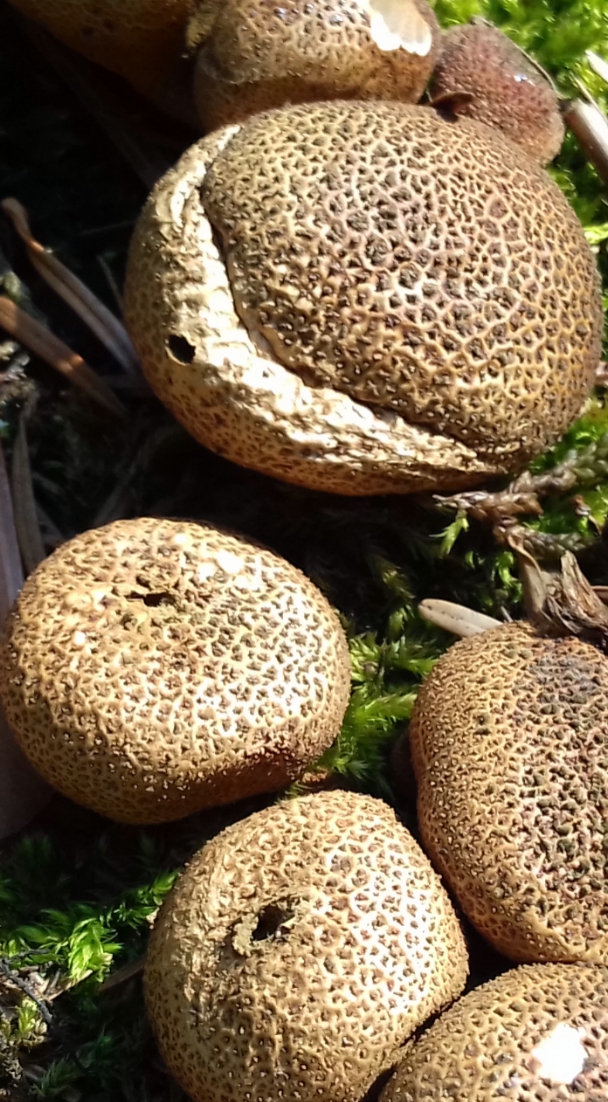
7. Euscorpius Germanus
This is a smaller scorpion which isn’t larger than a couple of centimeters and it’s not particularly exotic in look either. But nonetheless it’s worth its spot on the list as the only scorpion I have seen so far and probably the only one in my entire life. I found it on the wall of my house outside during one summer evening.
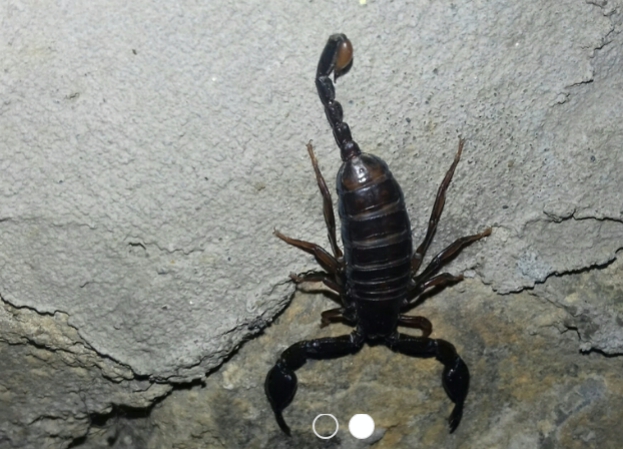
6. Spring Orange Peel Fungus – Caloscypha fulgens
The most fascinating and atypical of all the fungi so far is by far this intriguing species. I came upon it on Tara mountain during spring (so its title is evidently quite accurate) and it was unforgettable as it literally looks like a small cup of some sort plus its orange color makes it very beautiful and easily recognizable.
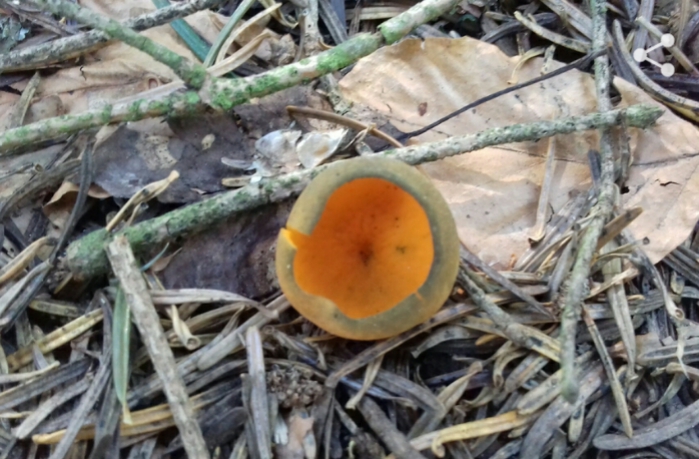
5. Morimus funereus
Morimus funereus is actually incredibly abundant in my hometown as I have seen at least ten or so of these insects throughout summer and one of them came in my yard even. Rosalia alpina is similar to it in look, but this one is bigger and prettier to me. It’s a huge, very memorable beetle that is unfortunately threatened outside of my region.
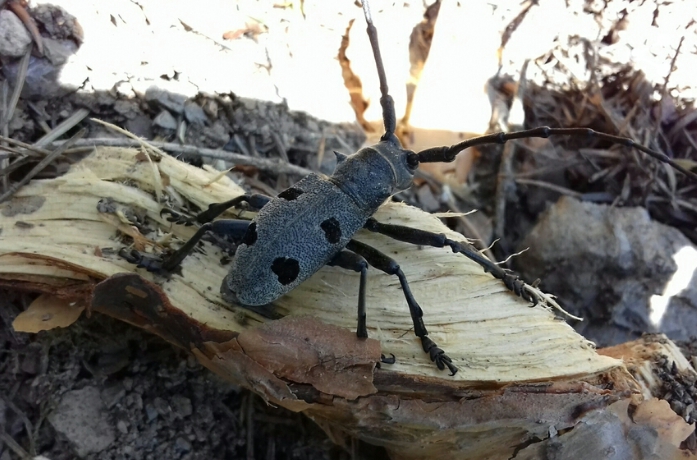
4. Northern Bluets – Enallagma cyathigerum
I have encountered around five different dragonfly/damselfly species this year, but northern bluets gets this very high spot for being the prettiest in its very cool and distinct blue coloring. It’s also quite big and incredibly fast being one of the two most frustratingly difficult to capture insects for a photograph as it took me many attempts to finally capture it.
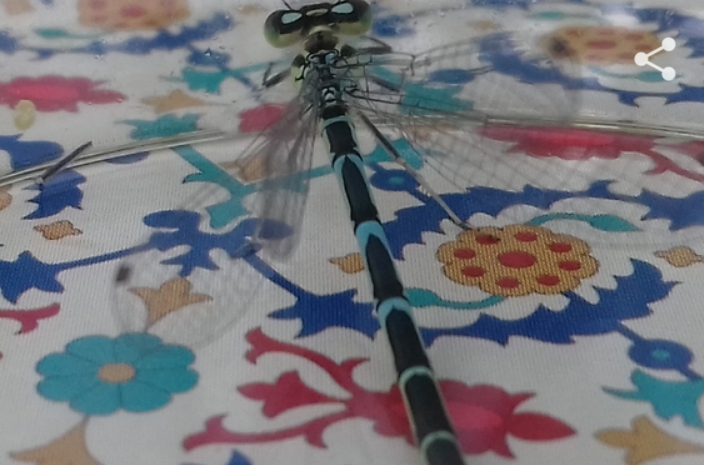
3. Hermann’s Tortoise – Testudo hermanni
This one holds a special place in my heart. One morning my father called me to our second yard to show me a tortoise which got lost and came to our yard. I got there, brought it home and in the afternoon we transported it by car to a mountainous, safer area for it which I am so proud that we did. I quickly bonded with this cute tortoise which was smaller in size so I guess it was a younger guy/girl. I was so sad to see it go, but I had to leave in nature where it was meant to be.
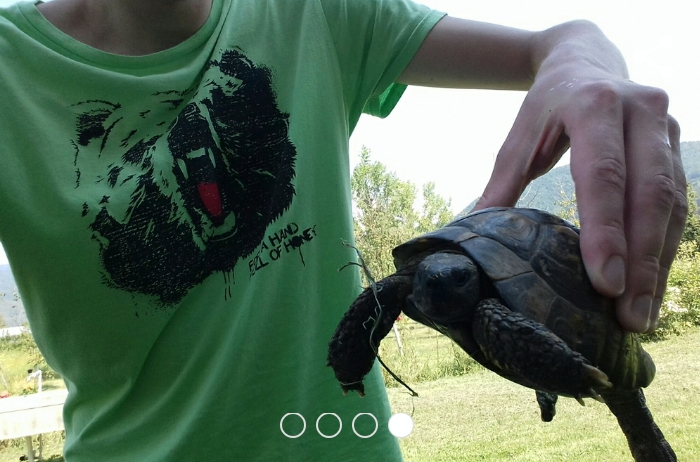
2. Yellow-Bellied Toad – Bombina variegata
This toad is actually quite abundant in the mountainous areas of my hometown and it’s very easy to capture in a glass having in mind it’s not particularly fast. I caught dozens of them throughout this year and it never ceased to amaze me with its very cute head and a particularly striking coloring with its titular yellow belly being its defining characteristic.
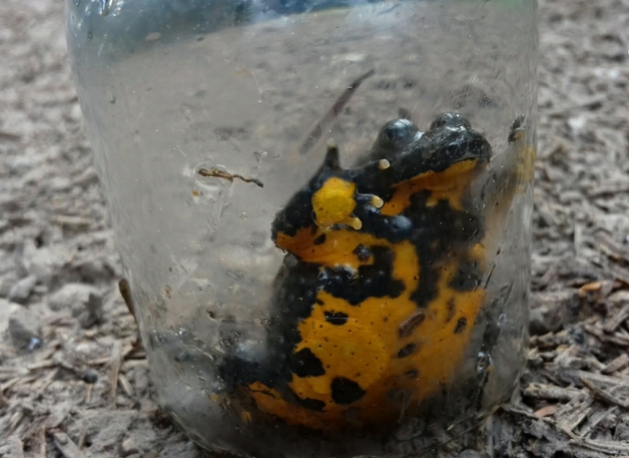
1. Eurasian Hummingbird Hawkmoth – Macroglossum stellatarum
With a wingspan of around 40 centimeters, Eurasian hummingbird hawkmoth is clearly the grandest moth I have encountered so far. It is memorable in color, fat shape and a very pronounced, cute head. Its extremely fast flight and wing movements are evidence of convergent evolution as it’s quite similar to a hummingbird in that regard. But the biggest reason why it got the first place on my list is the fact that it took me hours to finally catch it in a glass and take a reasonably good photograph of it as it’s so incredibly fast and I am so proud that I finally got it in my collection.
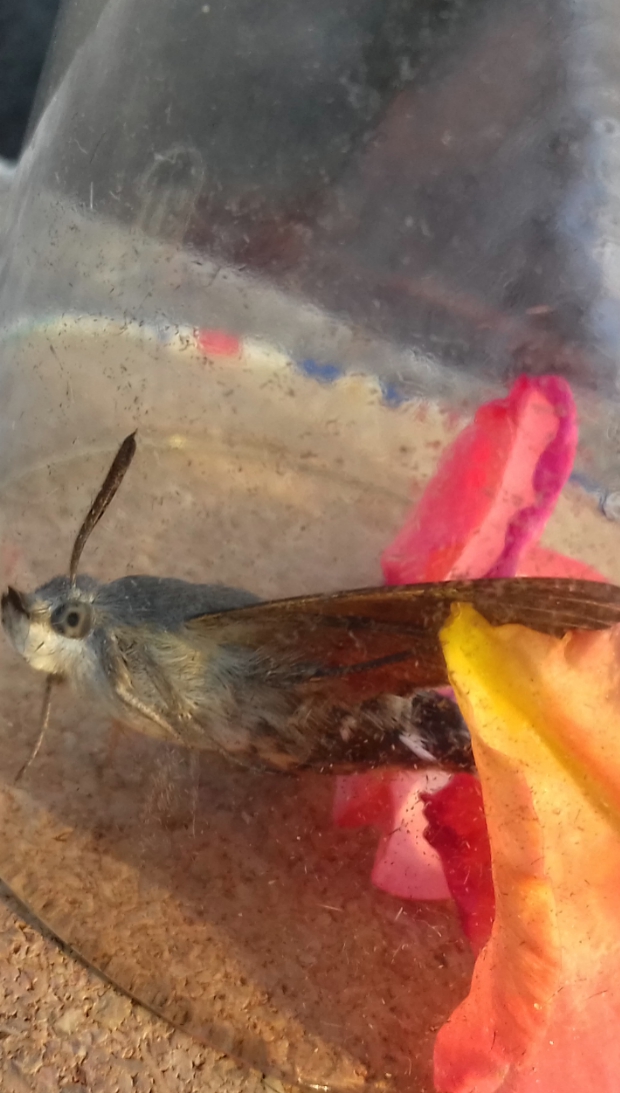
Honorable Mentions:
Upright Coral Fungus – Ramaria stricta – This is one of the rare mushrooms which looks like a coral instead of the regular shape of shrooms. It was very memorable because of that.
Green Toad – Bufo viridis – This toad wandered close to my yard actually and it’s the fattest and largest toad I’ve seen in my life and with a very distinct coloring to it as well.
European Cyclamen – Cyclamen purpurascens – This famous beautiful flower I actually encountered in nature which was a beautiful sight on Tara mountain.
Arched Marble – Olethreutes arcuella – This moth is smaller in stature, but incredibly memorable and stunningly artistic in the colors and shapes on its wings.
Japanese Lantern – Physalis alkekengi – This plant has a lantern-shaped red-colored covering over its fruit and that made it instantly spotted on one of my walks.
Stag Beetle – Lucanus cervus – One of the largest insects in the entirety of Serbia is obviously a stag beetle. The lesser one is also a fine species, but the big one is grand and powerful in look.



